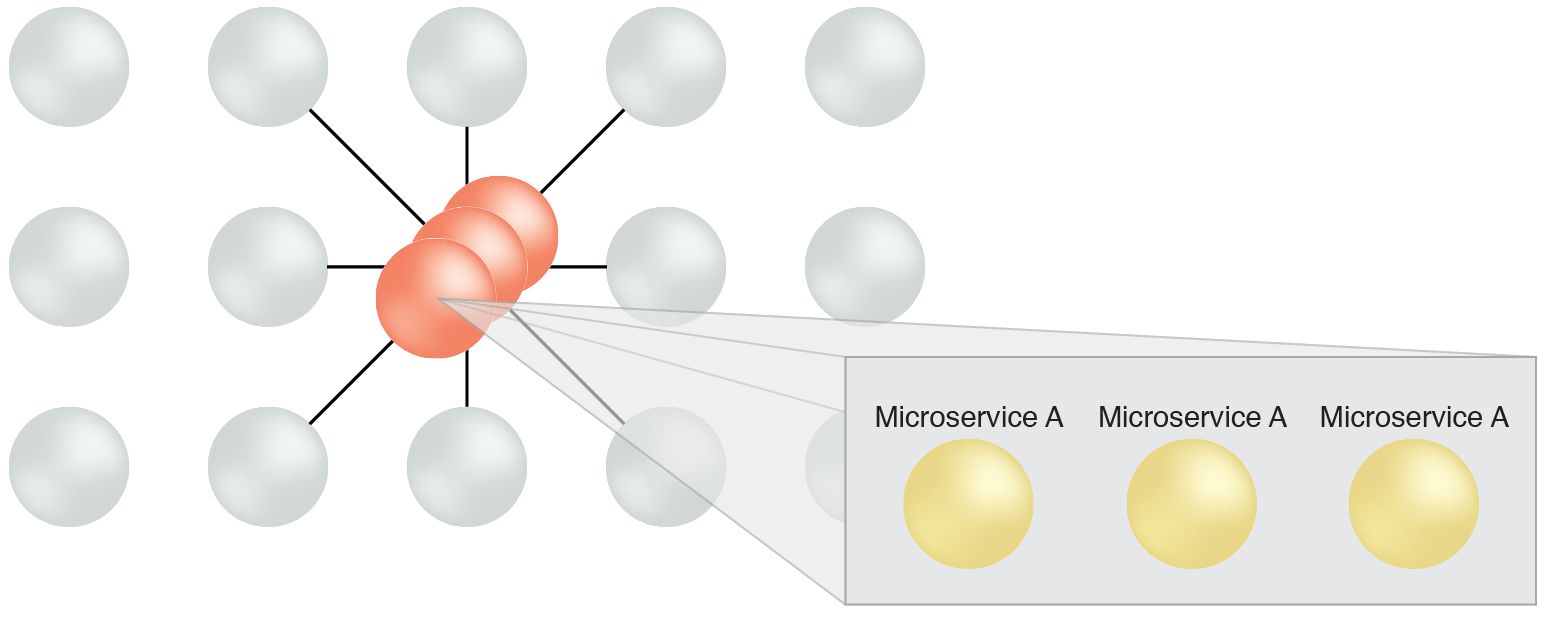Microservice and Containerization Patterns > High Performance & Reliability Patterns > Redundant Implementation
Redundant Implementation (Erl, Naserpour)
How can the reliability and availability of a microservice be increased?

Problem
Solution
Application
Multiple implementations of microservice deployments with high usage requirements or providing critical functionality can be created to better guarantee high performance, availability and increased reliability, even when unexpected exceptions or outages occur.

Having redundant implementations of microservices provides fail-over protection should any one implementation go down.
This pattern can be applied in different ways, depending on how microservices are redundantly deployed, as explained in the complete pattern description.
This pattern is covered in Module 10: Advanced Microservice Architecture & Containerization..
For more information regarding microservice and containerization courses and accreditation,
visit the Microservice Architect Certification program page..
